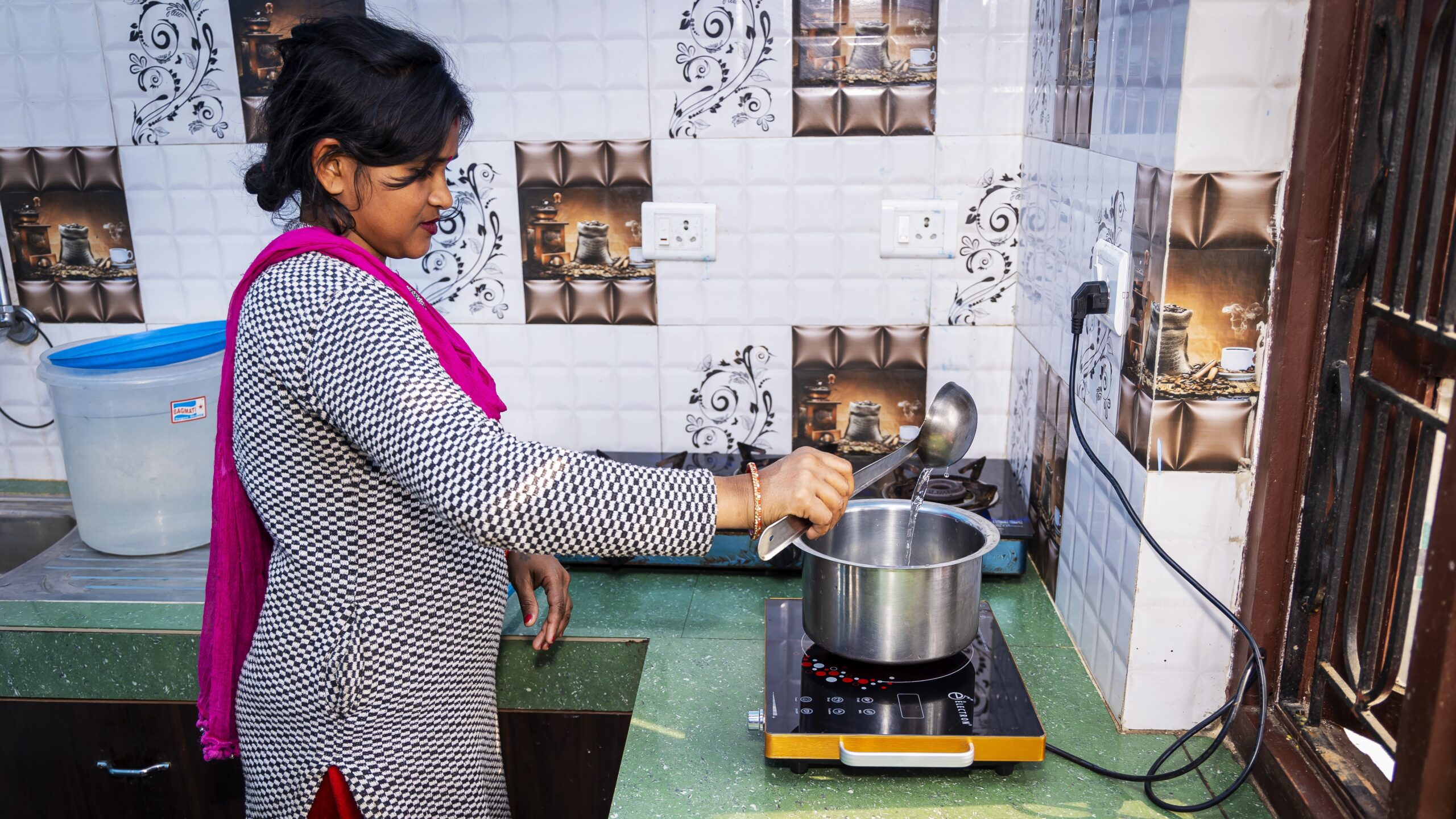Improved Planning Tool To Support Clean Cooking Access in Nepal
Three years after launching a data platform that has modernized how Nepal designs its transition to clean cooking, the Clean Cooking Alliance (CCA) is merging the tool with another to boost its reach and effectiveness.
CCA’s original data platform, known as the Clean Cooking Explorer (CCE), was developed in 2021 together with the World Resources Institute (WRI), Kartoza, KTH Royal Institute of Technology (KTH), Nepal’s Alternative Energy Promotion Center (AEPC), and Nepal Open University (NOU). The CCE aimed to provide the data that government agencies and the private sector needed to map out options for everyone in Nepal to gain access to clean cooking, particularly from electricity. The CCE was instrumental in setting up a new electric cooking project in Madesh Pradesh that incorporates cutting-edge monitoring technology to unlock carbon finance.
[ Learn more about the Clean Cooking Explorer. ]
Now, the CCE has merged with WRI’s Energy Access Explorer (EAE), an open-source, online, and interactive geospatial platform that helps identify priorities for energy access interventions. The addition of EAE Nepal not only grows the EAE portfolio to eight countries, but also expands the EAE’s capabilities with the incorporation of two tools: (1) OnStove, which models cost-benefit scenarios; and (2) OnSSET, which assess least-cost electrification plans. This collaboration will facilitate integrated energy planning to understand the impact that increased energy access has on the competitiveness (from a net-benefit perspective) of different cooking options.
Previously, the OnStove tool could answer the question, “what should I shift to in order to maximize the net benefit,” but now, with the updated OnStove included into EAE Nepal, energy shifts can be modelled and visualized across several years. Users can also specify changes in costs during the modelling years and the order in which settlement receive clean cooking. The order can be determined based on (1) population density (if the goal is to maximize the benefits on a societal level); or (2) highest current costs per household; or (3) largest current drawbacks per household.
Finally, by having a publicly accessible official GitHub repository, anyone will be able to contribute to the code and add developments to EAE Nepal. Going forward, EAE Nepal will be a critical resource for the Government of Nepal as it works toward its clean cooking targets. CCA, WRI, and the Nepal GIS Working Group will provide the necessary capacity building support for the government to maintain and manage the platform. More broadly, the development of the CCE and the transition to the EAE Nepal have provided valuable lessons for strengthening similar clean cooking resources for other countries, including the recently launched clean cooking data for EAE Kenya.
Both the EAE Nepal and EAE Kenya (in addition to WRI’s full EAE portfolio) can be found here: https://www.energyaccessexplorer.org/tool/s/

